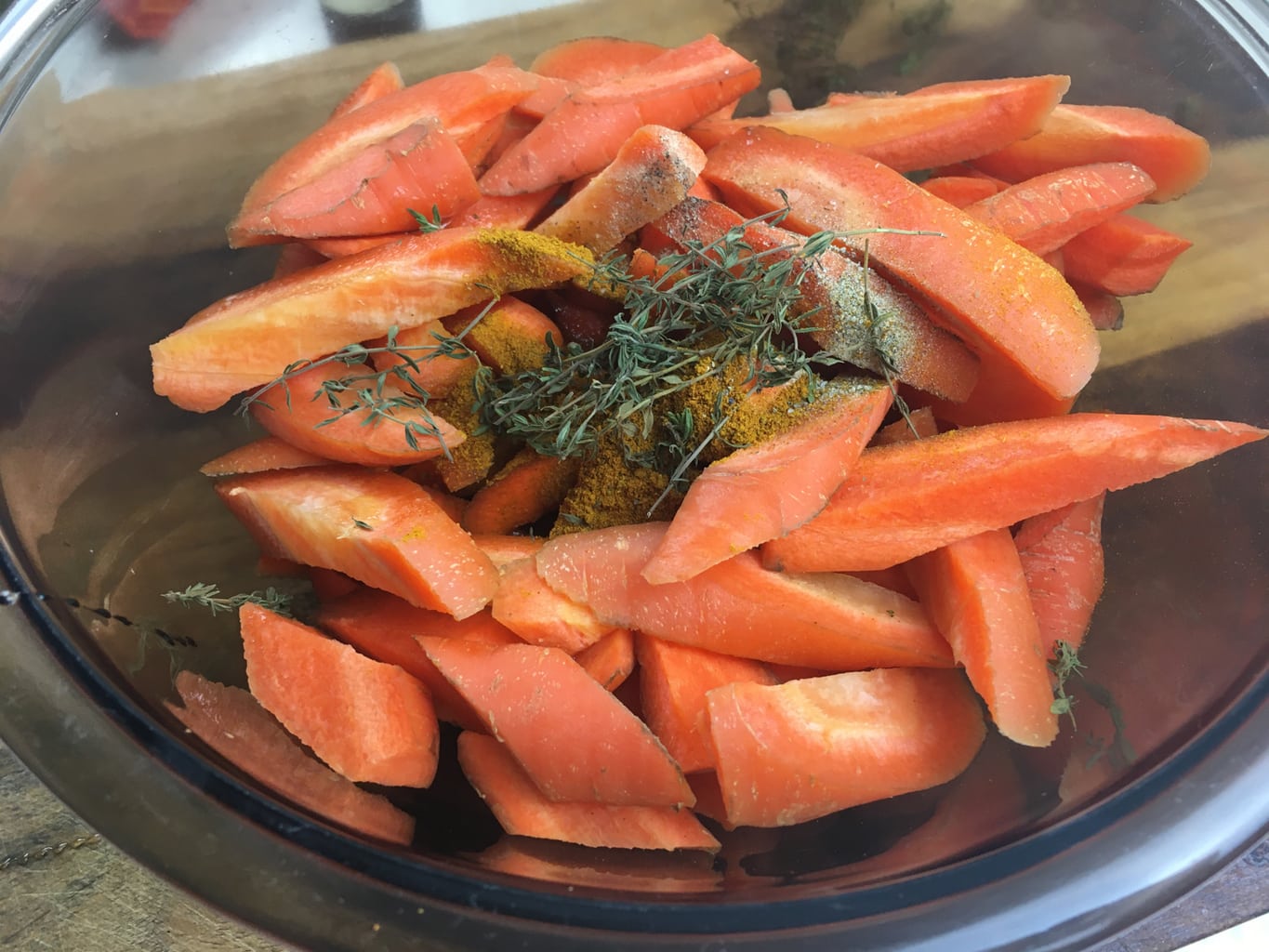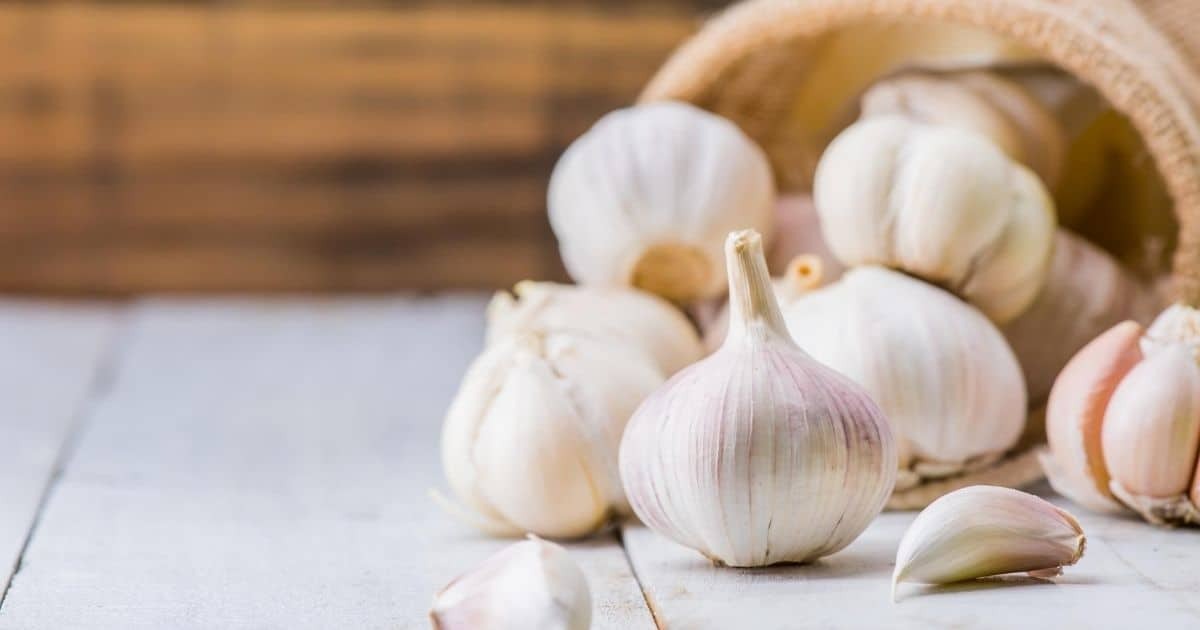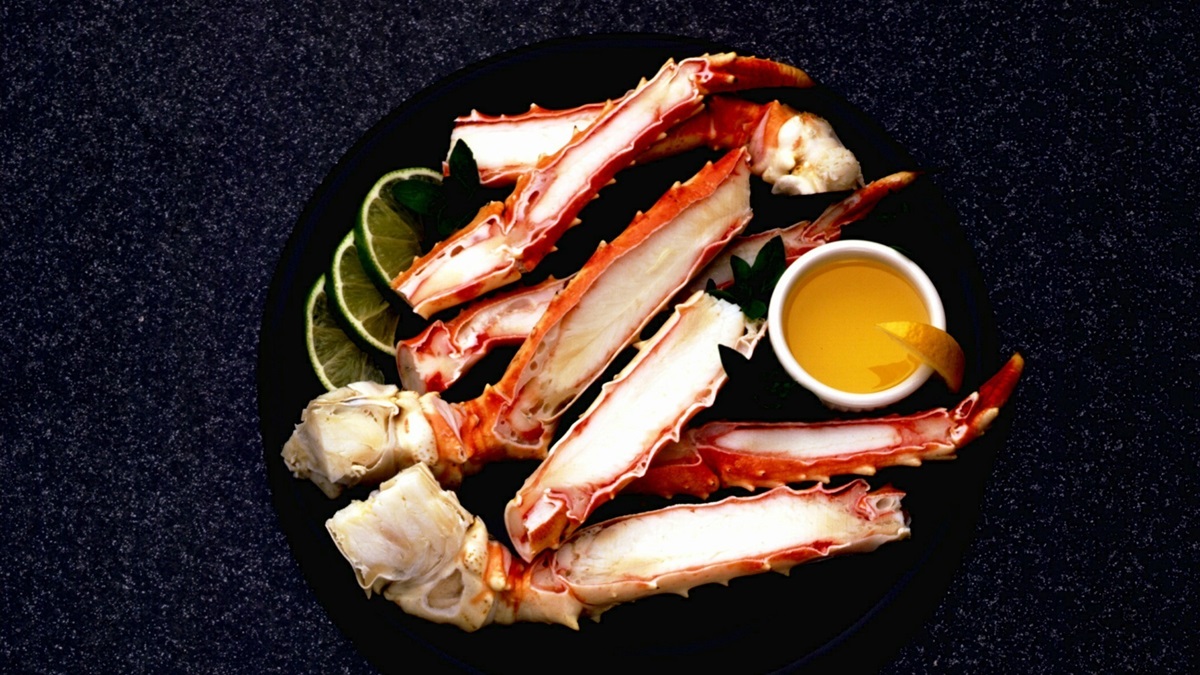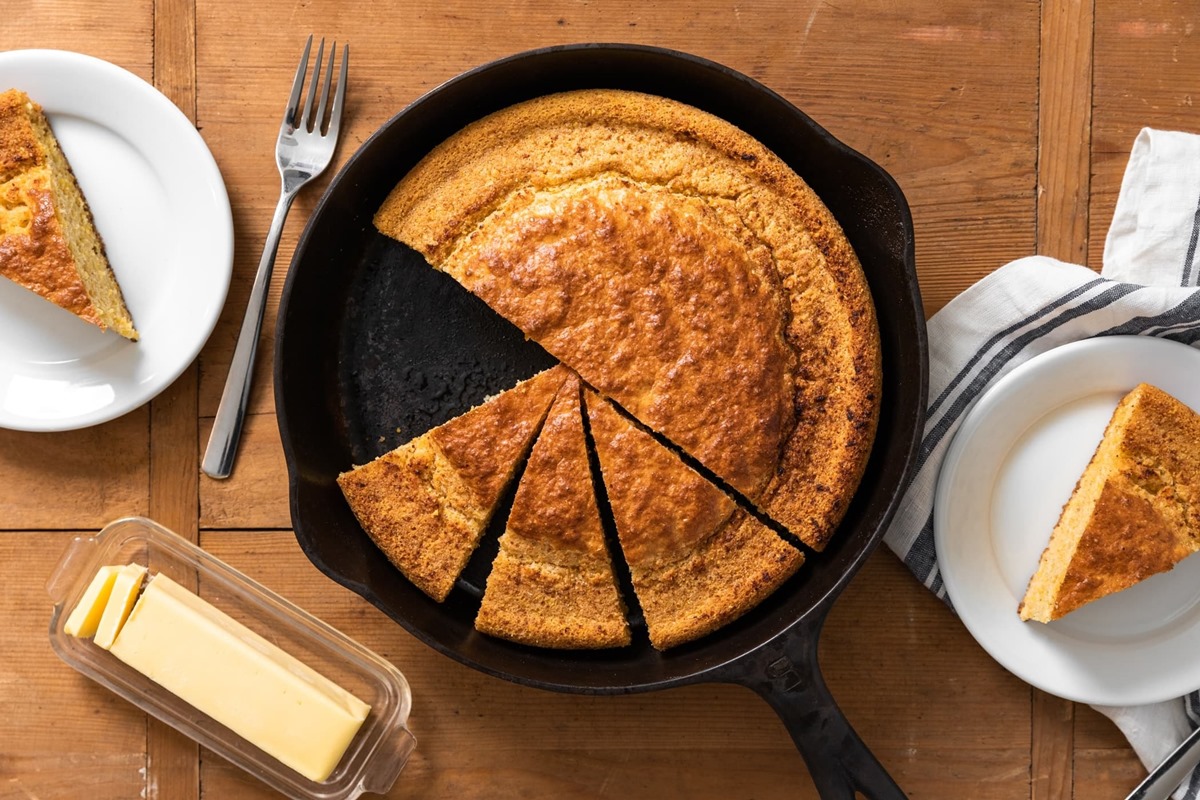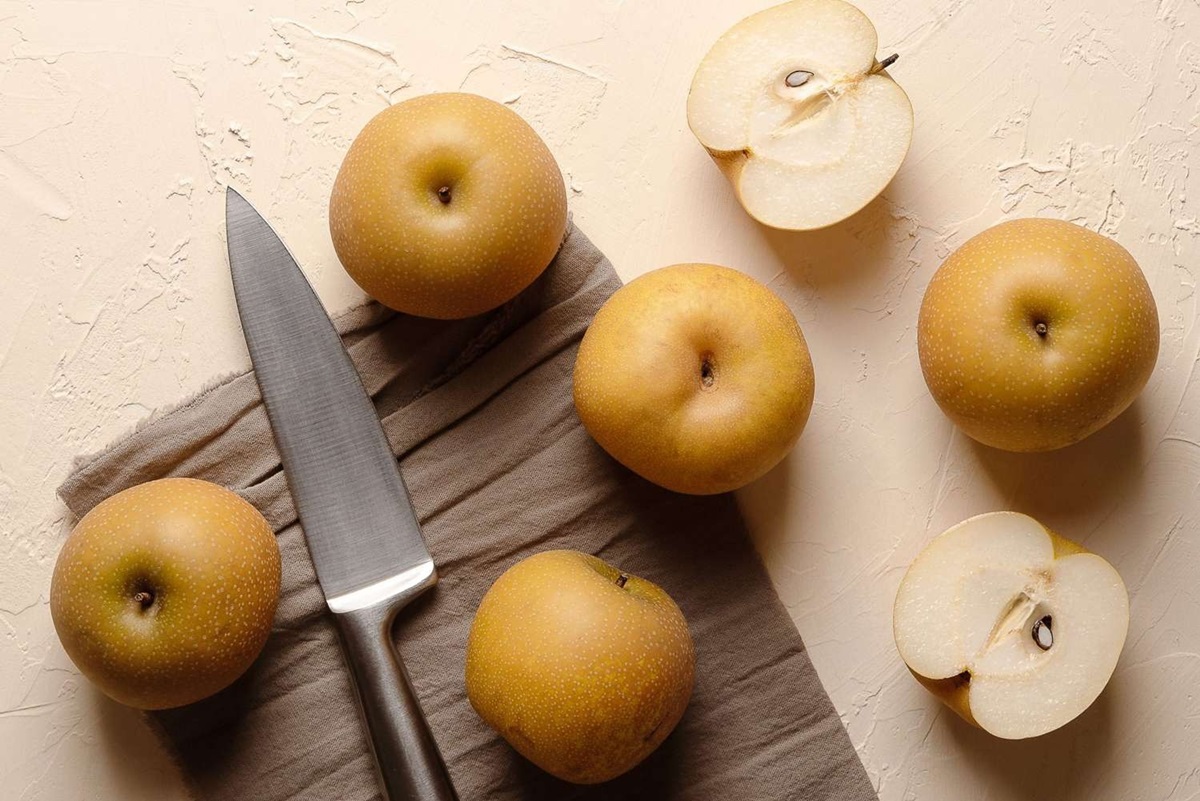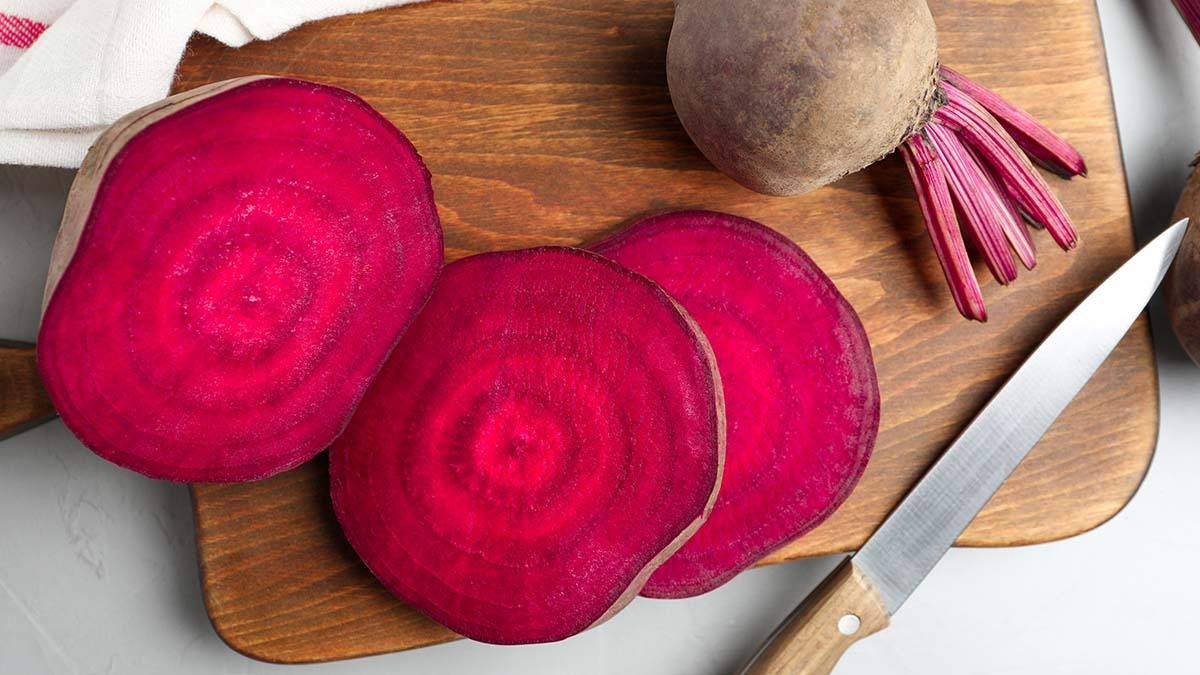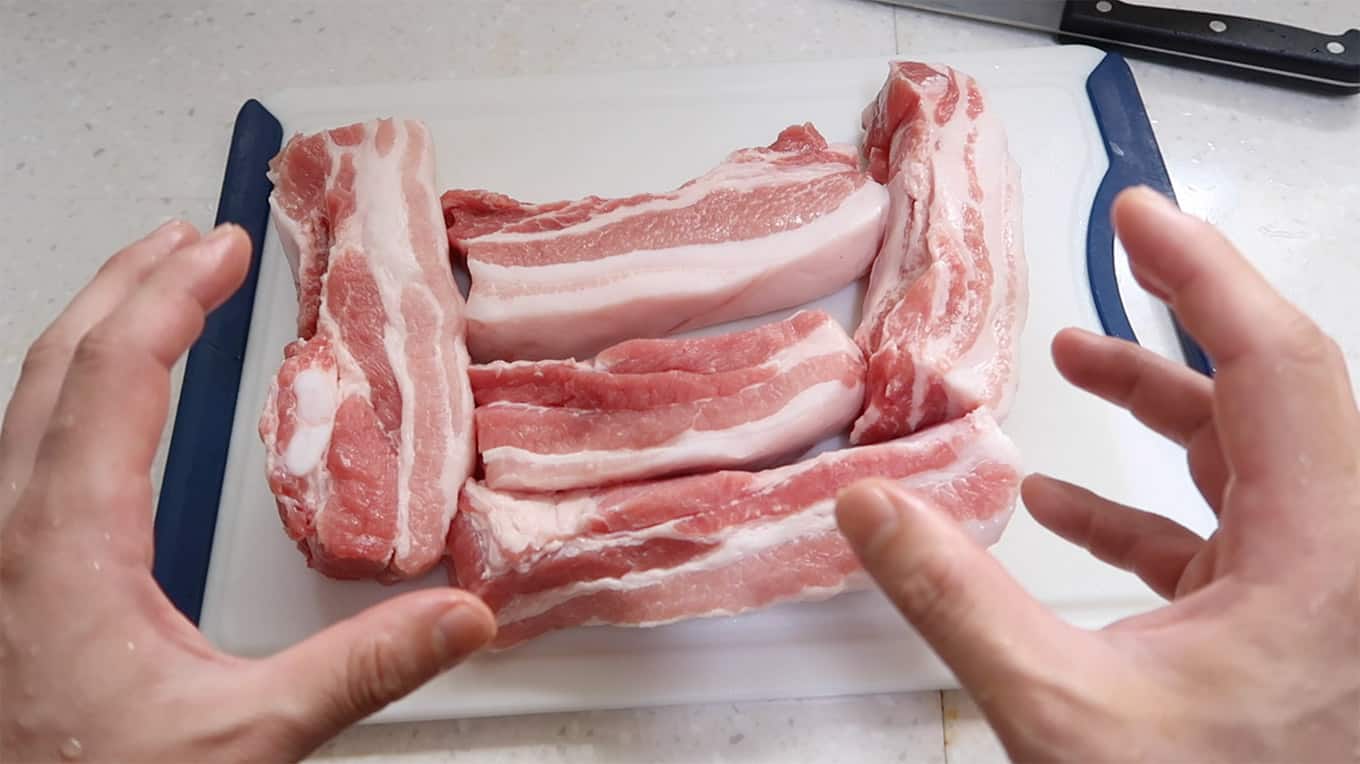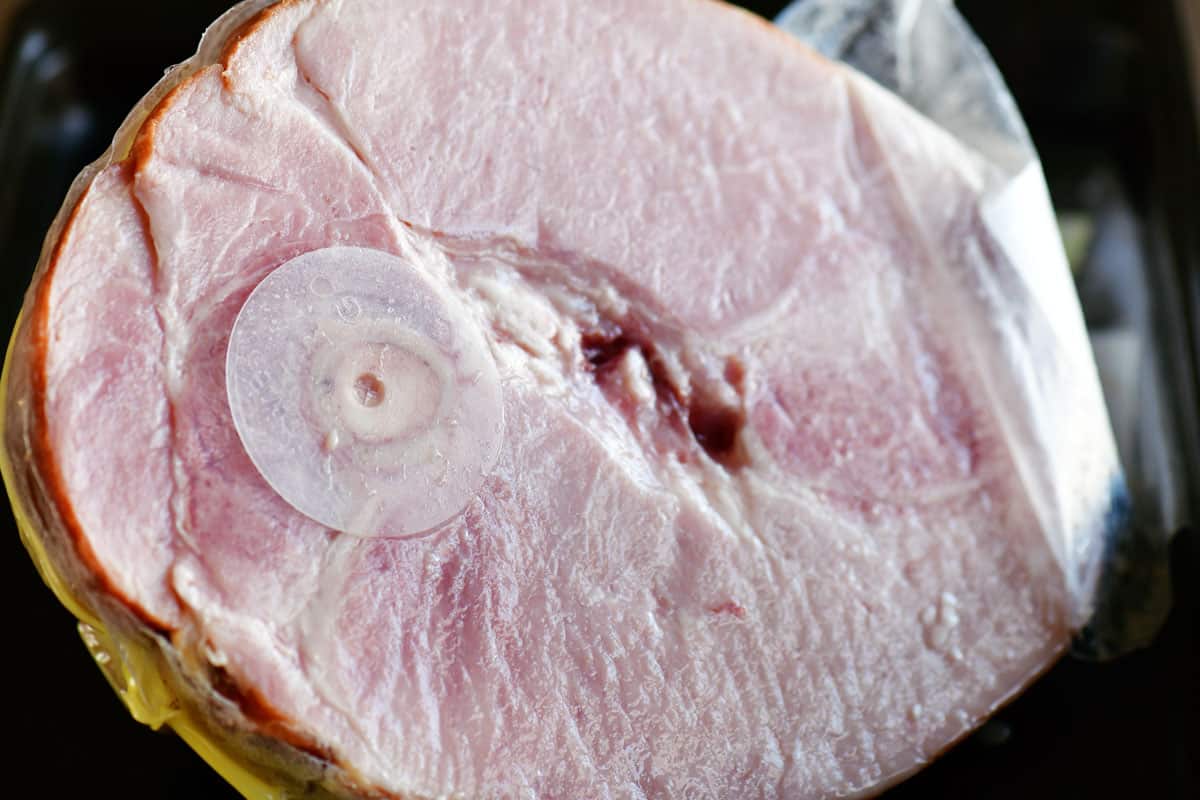How To Cut And Peel An Onion
Onions are a staple in many dishes, adding flavor and depth to your culinary creations. However, if you’ve ever struggled with peeling or cutting an onion without shedding a tear, fear not! In this guide, we’ll walk you through the step-by-step process of cutting and peeling an onion like a pro.
Gather Your Supplies
Before you begin, make sure you have the following supplies:
- Sharp knife – a chef’s knife or a Santoku knife works best
- Cutting board
- Peeler or knife for peeling
Step 1: Prepare the Onion
Start by selecting a fresh onion that feels firm and has dry, papery skin. Rinse the onion under cold water to remove any dirt or debris. Then, pat it dry with a clean towel.
Step 2: Peel the Onion
Using a peeler or a sharp knife, carefully remove the outer layer of skin from the onion. Begin by making a shallow cut at the top, near the root end, and gently peel the skin downwards, following the shape of the onion. Repeat this process until you have removed all the layers of skin.
Step 3: Cut the Onion
Place the peeled onion on a cutting board and cut off a small portion from both ends to create a flat surface. This will help stabilize the onion and prevent it from rolling while you’re cutting.
Next, depending on the recipe you’re making, you can cut the onion in different ways:
- Slice: Starting from one end, make vertical slices of your desired thickness. For thinner slices, angle the knife slightly.
- Dice: After making the vertical slices, make horizontal cuts through the onion, creating small cubes.
- Chop: Similar to dicing, but make the horizontal cuts slightly larger for larger onion pieces.
Step 4: Handle and Store Onion Safely
Onions contain volatile compounds that are released when cut, which can cause eye irritation and tears. To minimize this, you can try refrigerating the onion before cutting or lighting a candle nearby to absorb the released compounds.
After cutting your onion, store any unused portions in an airtight container in the refrigerator to maintain freshness.
Tips and Tricks
Here are a few additional tips to help you master the art of cutting and peeling onions:
- Keep a firm grip on the onion and make slow, deliberate cuts to ensure safety.
- For better control, ensure that your knife is sharp. Dull knives can lead to accidents.
- If you prefer, you can wear goggles or use onion goggles to protect your eyes from tearing up.
- Practice makes perfect! With time and experience, you’ll become more comfortable and efficient at handling onions.
Now that you know how to cut and peel an onion, you’re ready to tackle a variety of recipes that call for this versatile ingredient. So, go ahead and confidently add onions to your favorite dishes, knowing that you can handle them with ease!
More Delicious Onion Recipes to Try
Now that you've mastered the art of cutting and peeling onions, a whole world of flavorful recipes awaits your culinary prowess. Try the Hearty Minestrone Soup Recipe for a comforting bowl of warmth, perfect for chilly evenings. The Onion Bhaji Recipe is a must for those who enjoy a crispy, savory snack. For a main course, the Roasted Onion and Garlic Pasta Sauce Recipe transforms simple ingredients into a rich, aromatic dish that will impress at any dinner table. Additionally, the Beef Stew with Caramelized Onions Recipe showcases how well onions can elevate a simple stew into something extraordinary. Each recipe offers a unique way to practice your newly acquired skills, enhancing flavors and textures in your dishes.
Was this page helpful?
Read Next: How To Cut Lemons For A Bar


